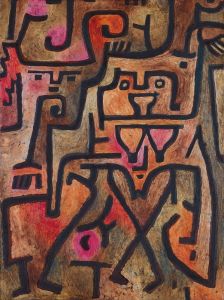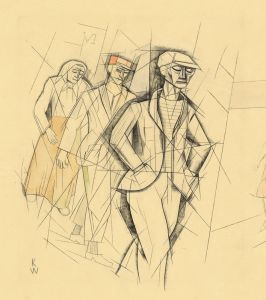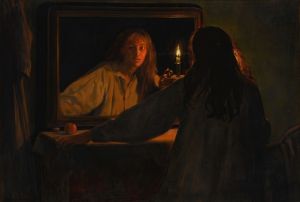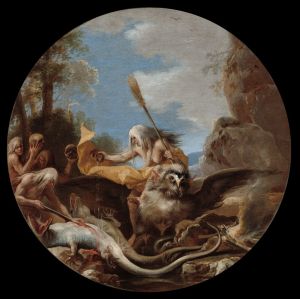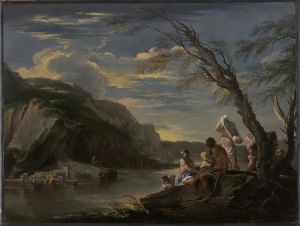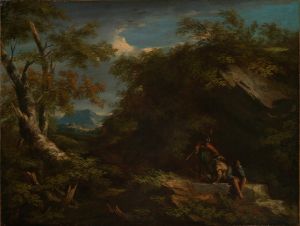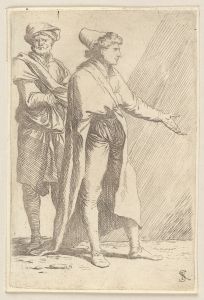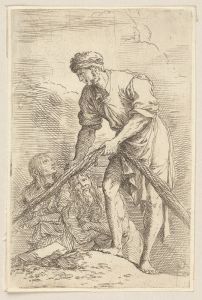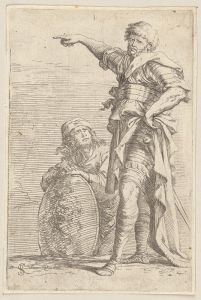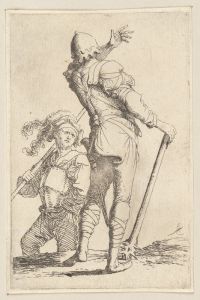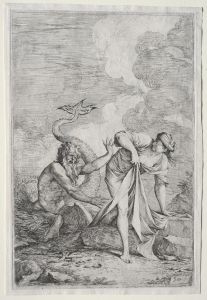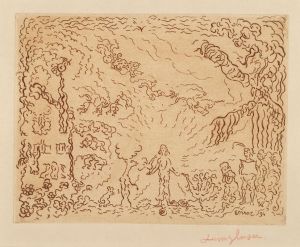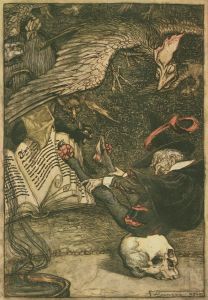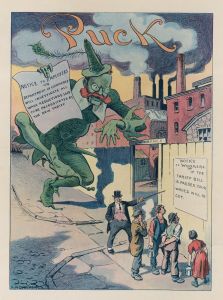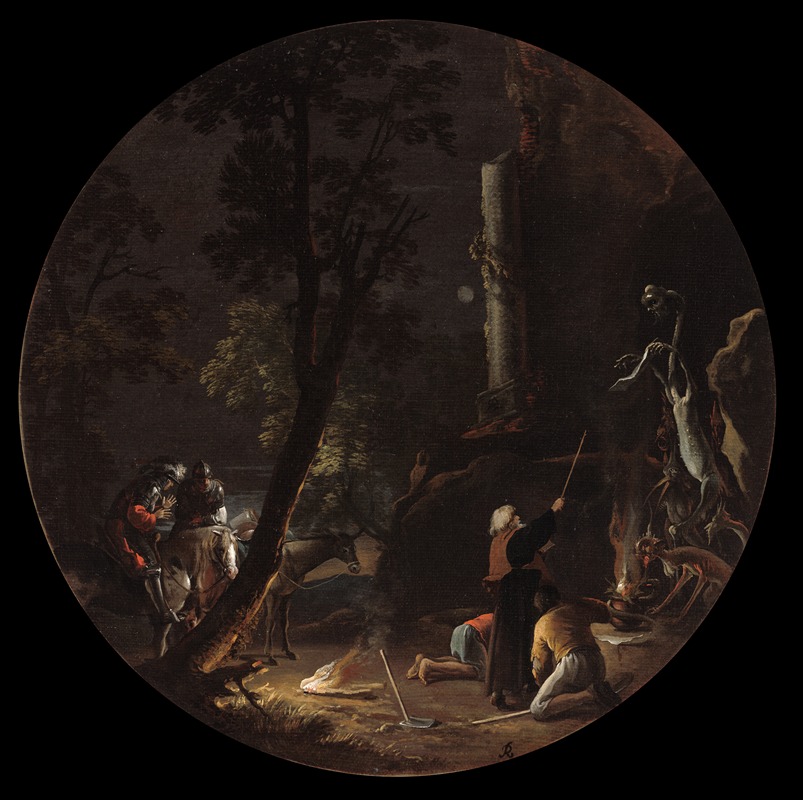
Scenes of Witchcraft, Night
A hand-painted replica of Salvator Rosa’s masterpiece Scenes of Witchcraft, Night, meticulously crafted by professional artists to capture the true essence of the original. Each piece is created with museum-quality canvas and rare mineral pigments, carefully painted by experienced artists with delicate brushstrokes and rich, layered colors to perfectly recreate the texture of the original artwork. Unlike machine-printed reproductions, this hand-painted version brings the painting to life, infused with the artist’s emotions and skill in every stroke. Whether for personal collection or home decoration, it instantly elevates the artistic atmosphere of any space.
Salvator Rosa's "Scenes of Witchcraft, Night" is a captivating painting that exemplifies the artist's fascination with the supernatural and the macabre. Salvator Rosa (1615–1673) was an Italian Baroque painter, poet, and printmaker, known for his unorthodox and often dark thematic choices. His works frequently explored themes of magic, witchcraft, and the mysterious, setting him apart from many of his contemporaries.
"Scenes of Witchcraft, Night" is one of Rosa's notable works that delves into the theme of witchcraft, a subject that intrigued many during the 17th century. The painting is believed to have been created during the mid-17th century, a time when witchcraft was a topic of both fear and fascination in Europe. Rosa's depiction of witchcraft is not merely a reflection of the societal fears of his time but also an exploration of the human psyche and the unknown.
The painting is characterized by its dramatic use of light and shadow, a hallmark of Baroque art, which Rosa employs to create a sense of mystery and tension. The scene is set at night, enhancing the eerie atmosphere. Rosa's skillful use of chiaroscuro—the contrast between light and dark—draws the viewer's attention to the central figures and elements of the composition, while the surrounding darkness adds to the painting's ominous mood.
In "Scenes of Witchcraft, Night," Rosa presents a gathering of witches engaged in various activities associated with the occult. The figures are depicted with exaggerated and grotesque features, emphasizing the otherworldly and sinister nature of the scene. Rosa's attention to detail is evident in the intricate depiction of the witches' costumes and the various objects associated with their rituals, such as cauldrons, potions, and mystical symbols.
The painting reflects the Baroque era's interest in the dramatic and the theatrical, as well as a fascination with the supernatural. Rosa's work is often seen as a commentary on the human condition, exploring themes of power, fear, and the unknown. His portrayal of witchcraft can be interpreted as a metaphor for the darker aspects of human nature and the societal tensions of his time.
Salvator Rosa's exploration of witchcraft in his art was not merely for sensationalism; it was also a reflection of his broader intellectual interests. Rosa was known for his rebellious spirit and his disdain for the conventions of the art world. He often infused his works with philosophical and satirical elements, challenging the viewer to look beyond the surface and consider deeper meanings.
"Scenes of Witchcraft, Night" remains an important work in Rosa's oeuvre, showcasing his unique artistic vision and his ability to capture the imagination of his audience. The painting continues to be studied and appreciated for its technical mastery and its intriguing exploration of themes that resonate with the human experience. Rosa's contribution to the Baroque movement and his influence on later artists are evident in his daring choice of subject matter and his innovative approach to painting.





